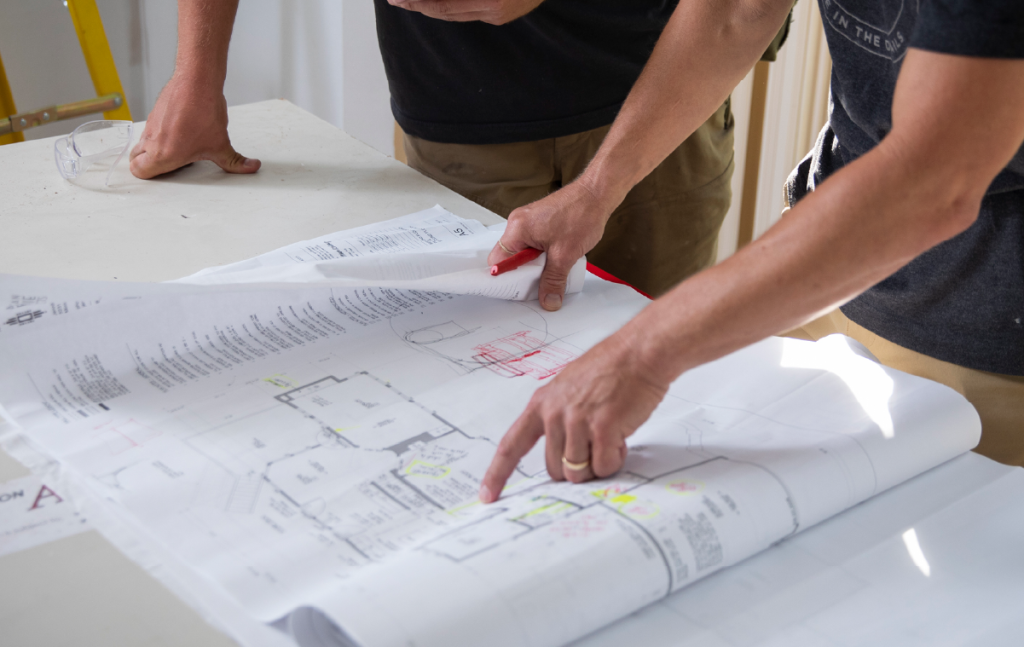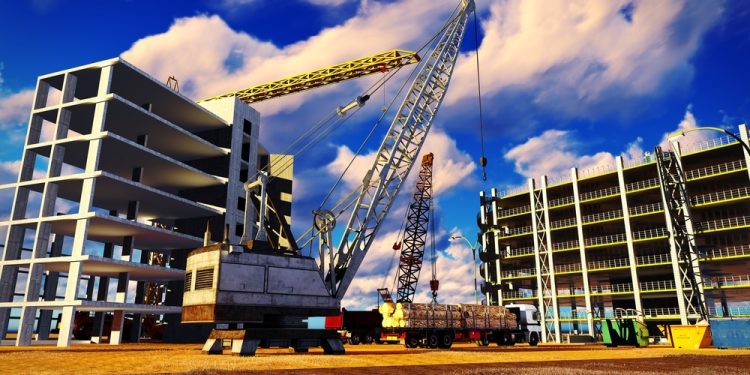The construction industry plays a significant role in the environmental impact on our planet. From resource consumption to waste generation, construction projects have historically had a negative influence on the environment. According to research, the construction industry contributes to 23% of air pollution, 50% of climatic change, 40% of drinking water pollution, and 50% of landfill waste.
However, in recent years, there has been a growing awareness of the need to reduce this impact. Fortunately, sustainable construction practices can help minimize environmental harm while also saving costs and improving the overall quality of projects.
In this article, we’ll explore seven ways to reduce the environmental impact of your construction project.
Use Sustainable Building Materials
One of the most effective ways to reduce the environmental impact of your construction project is by using sustainable building materials. Consider eco-friendly materials such as reclaimed wood, recycled metal, and low-VOC paints, to significantly decrease the carbon footprint of your project.
Sustainable materials often require less energy and resources to produce, reducing greenhouse gas emissions and conserving natural resources. Additionally, they often improve indoor air quality, fostering a healthier living or working environment. Overall, the adoption of sustainable building materials minimizes environmental harm and contributes to a more sustainable, ecologically responsible construction industry.
Design for Energy Efficiency
Energy consumption is a significant contributor to environmental impact in the construction sector. To mitigate this, prioritize energy-efficient design and construction techniques. Implement proper insulation, use energy-efficient windows, and incorporate passive solar design.
Moreover, consider incorporating renewable energy sources into the construction project, such as solar panels or wind turbines. These technologies can help reduce your project’s reliance on fossil fuels and hence lower greenhouse gas emissions. Depending on the location and scale of your project, you may also explore options for net-zero energy or carbon-neutral construction.

Conduct Wetland Delineation
Conducting wetland delineation is a critical step in reducing the environmental impact of your construction project. It involves identifying and mapping wetland areas on or near the construction site, allowing for informed decisions on project design and implementation. When you avoid or minimize construction within these sensitive ecosystems, you mitigate potential harm to wetland habitats, water quality, and wildlife.
Furthermore, it is important to conduct wetland delineation because it ensures compliance with environmental regulations, thus helping you to avoid costly fines and delays. It also fosters sustainable development practices that benefit the long-term health of ecosystems and maintain a positive public image for your project. Overall, wetland delineation serves as a crucial tool in preserving environmental integrity while advancing your construction initiatives.
Implement Water Management Practices
Effective water management is crucial for reducing environmental impact. Collect and store rainwater for construction purposes and manage stormwater runoff effectively. This not only conserves a valuable resource but also reduces the burden on local water systems and ecosystems.
Implement low-flow plumbing fixtures and design landscaping with drought-tolerant plants to reduce water consumption. Consider proper erosion and sediment control measures to prevent water pollution during construction.
Minimize Construction Waste
Construction generates a substantial amount of waste, and minimizing waste in your construction project significantly reduces environmental impact. Waste management helps conserve valuable resources by using materials more efficiently, thus reducing the need for raw materials extraction. This decreases the energy and emissions associated with the production and transportation of construction materials.
Additionally, waste reduction minimizes the burden on landfills, preserving valuable land and reducing methane emissions. Reduce waste by carefully planning your project and implementing recycling and reusing strategies. Consider using prefabricated materials to minimize on-site waste, and recycle or repurpose materials whenever possible.
Consider Sustainable Transportation and Site Practices
Transportation contributes to greenhouse gas emissions. To reduce your construction project’s environmental footprint, encourage sustainable transportation options for workers and suppliers. Promote carpooling, biking, or the use of public transportation, and provide facilities for electric vehicle charging on-site. This not only benefits the environment but can also improve worker satisfaction and productivity.

Monitoring and Reporting
Monitoring and reporting are essential tools to mitigate the environmental impact of your construction project. Track energy use, waste generation, water consumption, and other key metrics to allow you to identify areas for improvement and demonstrate your commitment to sustainability.
Regularly furnish reports to stakeholders to promote accountability and make them aware of your project’s environmental performance. Moreover, it is easier to comply with environmental regulations and maintain standards when data is consistently monitored and reported.
Conclusion
Reducing the environmental impact of your construction project is not only a responsible and ethical choice but also a practical one. Implementing sustainable practices can lead to cost savings, improved project quality, and a positive public image. Leverage these seven tips, to seamlessly protect the environment while still delivering a successful construction project. Remember, embracing sustainability in construction is not just a trend; it’s a necessity for the well-being of our planet and future generations.













